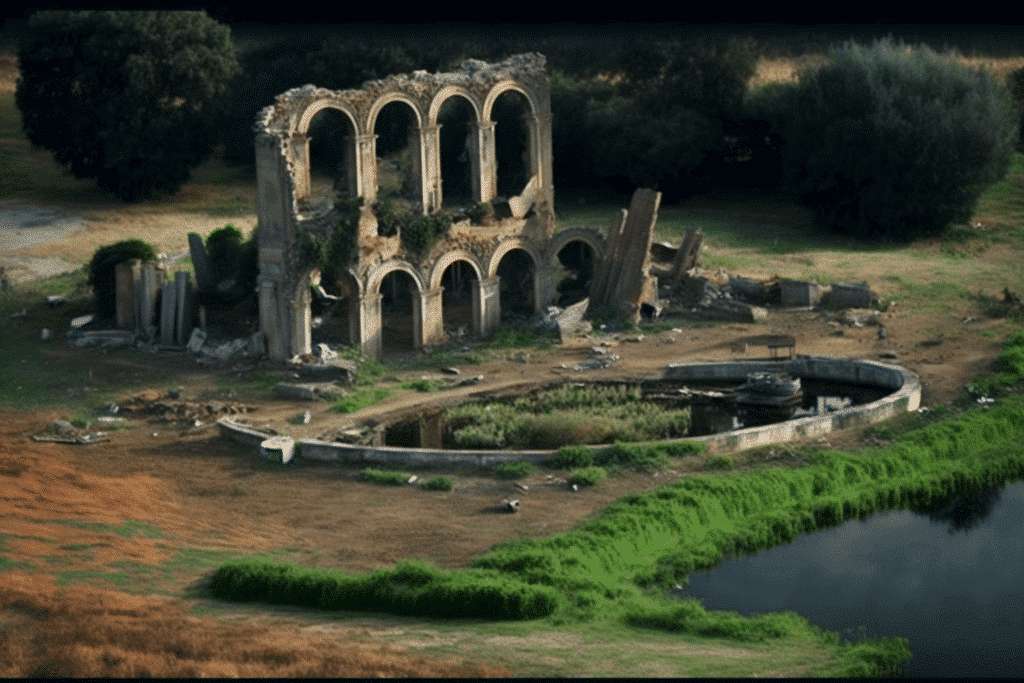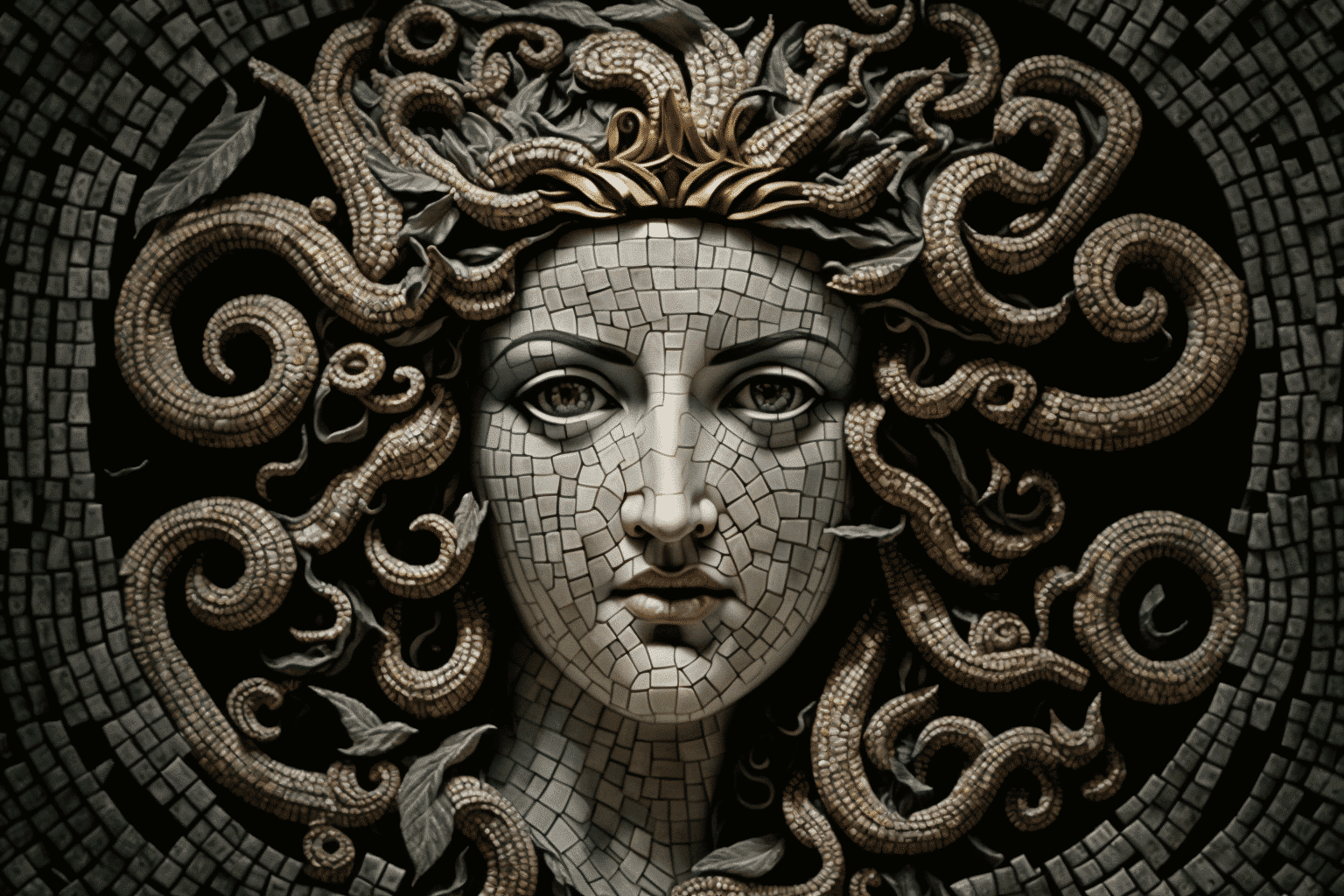Archaeologists excavating an ancient villa once used by the Antonian emperors of Rome uncovered two mosaics featuring one of the most infamous characters in Greek mythology, the beautiful but deadly Medusa. The murals were found in the Villa of the Antonines, a site named after the dynasty of emperors that include Marcus Aurelius, Lucius Veras, and the emperor Commodus who was most famous for taking part in gladiator battles in the Colosseum.
Medusa, whose hair is made of venomous snakes and whose stare could turn a person into stone, has been a popular subject in art, particularly in the classical period. These newly discovered mosaics have been described as cryptic, as they show Medusa looking off into the distance.
The Villa of the Antonines
The villa, located in the suburbs of Rome, is believed to have been built in the 2nd century CE, during the Antonine dynasty. The site was abandoned in the 3rd century and was buried for centuries until it was rediscovered in the 16th century.
At a presentation held during the annual meeting of the Archaeological Institute of America this January in New Orleans, Timothy Renner, a professor of classics and general humanities at Montclair State University in New Jersey and co-director of the team excavating the site, pondered whether the contemporaneous visitors to the villa were curious about what was going through Medusa’s mind in the murals.
Discovery of the Mosaics
Two niches were discovered in the walls of a circular room measuring 69 feet in the villa, containing mosaics. One was located in the northwestern area, while the other was situated in the southeastern area. “Finding those mosaics [was] a pleasant surprise,” said Chatr Aryamontri, also a professor at Montclair State and co-director of the archeological team.
Aryamontri stated that the majority of the decorations in the villa were taken away during the 18th and 19th centuries. It is unclear whether the mosaics were part of the original decoration of the villa or were added later.
The circular room may have served as a reception area for the occupants of the villa. Medusa heads were a popular decorative motif in the 2nd century, but it remains uncertain whether the mosaics were commissioned by the villa’s owners or if they were created by the artist on their own accord.

The Significance of the Find
The discovery of the Medusa mosaics is significant as it sheds light on the artistic tastes of the ancient Romans. The villa’s owners were likely wealthy, and the mosaics demonstrate their appreciation for classical mythology.
The region surrounding the villa experienced significant looting and troop movements during World War II. Excavations, initiated in 2014, frequently unearth artifacts. The researchers intend to establish an archaeological park at the location eventually.
Creating an Archaeological Park
Creating an archaeological park on the site would allow visitors to explore the Villa of the Antonines and the surrounding area. The park could also provide insights into the daily lives of ancient Romans.
As a team, the researchers are interested in understanding the social, economic, and cultural life of the villa’s owners. They hope that by studying the artifacts and architecture, they can piece together the history of the site.
The discovery of the cryptic mosaics of Medusa in the Villa of the Antonines is a testament to the enduring legacy of classical mythology and the importance of preserving the cultural heritage of ancient Rome. The mosaics are an important find and provide insights into the artistic and decorative tastes of the wealthy elite of ancient Rome.
Dating from the 2nd century C.E, the mosaics feature one of the most famous and feared figures of Greek mythology, Medusa, with her characteristic serpent hair and power to turn people into stone with her gaze. The mosaics were found in two niches cut into the walls of a circular room, which may have been used as a reception area for the residents of the villa.



